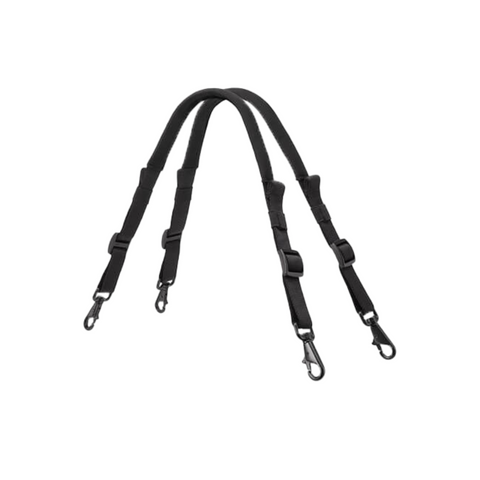As you go through the pet department and see all the treats and bones, you may be tempted to buy some for your dog. Different vets have differing opinions on feeding your dog bones, but we all know that most dogs love bones. There are a lot of misconceptions about dog bones so it is important to know the facts versus myths.
If you are going to give your dog a bone, it’s very important to your dog’s health to give him the right type of bone. First let’s discuss the pros and cons.
The Dangers of Bones
Bones can cause:
- Damaged teeth
- Choking
- Constipation
- Gastrointestinal blockage
- Cuts in the mouth or tonsils
- Vomiting
- Diarrhea
Advantages of Bones
- Good source of calcium, minerals and nutrients
- Chewing on bones helps prevent tartar and plaque buildup on teeth
- Keeps your dog occupied
- Chewing can stimulate adult teeth growth in puppies
- Chewing can strengthen the stomach muscles, strengthening the stomach muscles, preventing bloat, fostering healthy bowel movements, and preventing anal gland problems.
- Better bones than your shoes … dogs will chew on something
What Bones Are Safe?
There are certain facts about bones that most vets can agree on. As tempted as you may be to give your dog cooked turkey bones over the holidays, raw bones are better for your dog, particularly beef. Rawhide bones are known to break and the splinters can get lodged in your dog’s stomach and intestines and cause blockages. Many people will go to their butcher to see about raw femur or hip bones that have meat, marrow or cartilage still attached.
Here are some safety guidelines to follow:
- Size of bones should be size appropriate. Obviously, a German Shepherd or Mastiff can have a much larger bone than a smaller dog. According to the American Kennel Club, “bones should be larger than the length of the dog’s muzzle so it will be impossible to swallow whole.”
- Throw away old bones. It’s best to err on the cautious side. If you’re give your dog a bone, take it away after 10 or 15 minutes and put it in the refrigerator so your dog doesn’t chew it into tiny pieces. Throw bones away after 3 or 4 days.
- If your dog has pancreatitis or dental work, do not give him a bone.
- Don’t feed your dog a bone that has been cut lengthwise.A cut leg bone, for example, may be more likely to splinter.
- Don’t feed your dog pork or rib bones as these are more prone to splintering.
- Be wary of the calorie intake. Bones that contain a lot of marrow can be high in calorie.
You know your dog better than anyone. Choose a bone that matches your dog’s chewing rate and chewing habits. Although bones are good because they satisfy your dog’s innate need to chew, they have their dangers as well. Always supervise your dog’s chewing sessions and remove any small pieces that break off.



